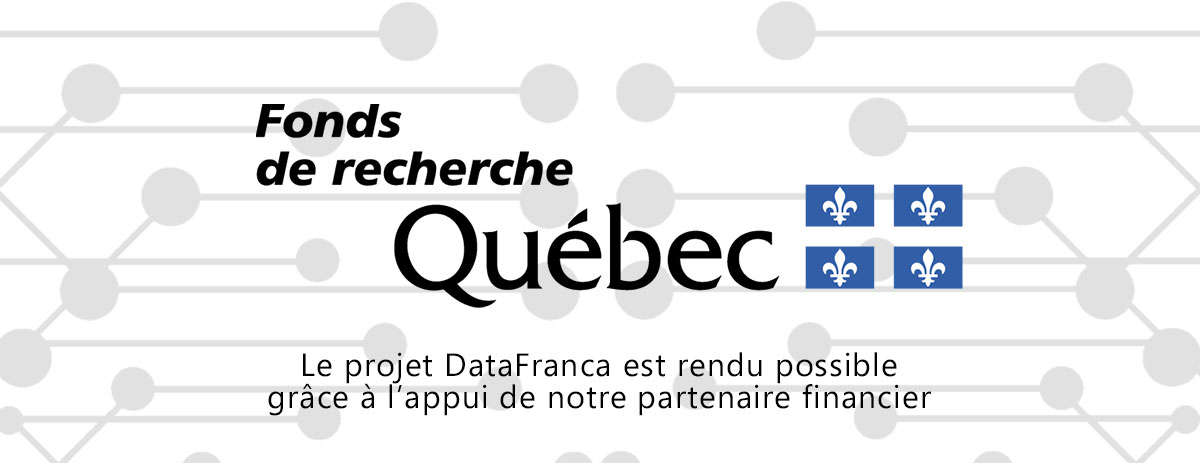« Perception automatique » : différence entre les versions
Aucun résumé des modifications Balise : Éditeur de wikicode 2017 |
mAucun résumé des modifications Balise : Éditeur de wikicode 2017 |
||
| Ligne 9 : | Ligne 9 : | ||
== Définition == | == Définition == | ||
En intelligence artificielle, la perception automatique est la capacité d'un ordinateur de voir, entendre, sentir et percevoir le monde comme le font les êtres vivants qui utilisent les données sensorielles pour évoluer dans le monde qui les entoure. | |||
La perception automatique permet à l'ordinateur d'utiliser des données sensorielles notamment par la vision par ordinateur, la reconnaissance de la parole et même le toucher mécanique. | |||
== Français == | == Français == | ||
| Ligne 26 : | Ligne 29 : | ||
Lazure, N. (1988). Vocabulaire de l’intelligence artificielle / Artificial Intelligence Vocabulary. En ligne: http://publications.gc.ca/collections/collection_2014/tpsgc-pwgsc/S52-2-184-2.pdf | Lazure, N. (1988). Vocabulaire de l’intelligence artificielle / Artificial Intelligence Vocabulary. En ligne: http://publications.gc.ca/collections/collection_2014/tpsgc-pwgsc/S52-2-184-2.pdf | ||
== Anglais == | == Anglais == | ||
Version du 1 mai 2019 à 23:15
Domaine
Intelligence artificielle
Coulombe
Définition
En intelligence artificielle, la perception automatique est la capacité d'un ordinateur de voir, entendre, sentir et percevoir le monde comme le font les êtres vivants qui utilisent les données sensorielles pour évoluer dans le monde qui les entoure.
La perception automatique permet à l'ordinateur d'utiliser des données sensorielles notamment par la vision par ordinateur, la reconnaissance de la parole et même le toucher mécanique.
Français
<poll> Choisissez parmi ces termes proposés : perception artificielle perception automatique perception machine </poll>
Discussion:
Pour le moment, le terme privilégié est «perception automatique».
Source:
Lazure, N. (1988). Vocabulaire de l’intelligence artificielle / Artificial Intelligence Vocabulary. En ligne: http://publications.gc.ca/collections/collection_2014/tpsgc-pwgsc/S52-2-184-2.pdf
Anglais
Machine perception
Machine perception is the capability of a computer system to interpret data in a manner that is similar to the way humans use their senses to relate to the world around them.[1][2][3] The basic method that the computers take in and respond to their environment is through the attached hardware. Until recently input was limited to a keyboard, or a mouse, but advances in technology, both in hardware and software, have allowed computers to take in sensory input in a way similar to humans.[1][2]
Machine perception allows the computer to use this sensory input, as well as conventional computational means of gathering information, to gather information with greater accuracy and to present it in a way that is more comfortable for the user.[1] These include computer vision, machine hearing, and machine touch.
The end goal of machine perception is to give machines the ability to see, feel and perceive the world as humans do and therefore for them to be able to explain in a human way why they are making their decisions, to warn us when it is failing and more importantly, the reason why it is failing.[4]
Contributeurs: Arianne Arel, Claude Coulombe, Jacques Barolet, wiki










